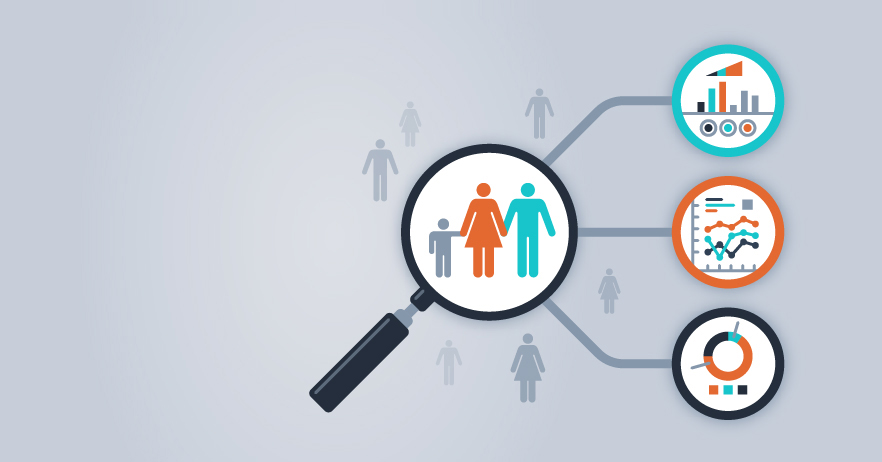- Explore
- Our Approach
- Industries
- Services
- Innovation
- Careers
- Corporate

Security and reliability have been traditionally at the forefront of priorities for Air Carriers in airline industry. With Transportation being akin to blood vessels in the human body, the implications of failures are potentially very expensive and have a large ripple effect. For these and other reasons, the IT landscape comprises of applications built on legacy technologies which are reliable, but not architected to easily facilitate the modern requirements. This technology debt has been accumulating, and is now a major challenge.
Another factor contributing to the technology debt is the presence of Global Distribution Systems (GDS), which take the products from airline carriers and distribute them to corporate and private customers. With Air Carriers essentially offloading their product distribution to GDS, attempts to modernize need a collaborative effort, adding another layer of challenges.
With technology catching up to enable what were only concepts earlier, customer centricity has reached a new level of maturity in the current date. From eating to shopping, industries across the board are providing personalization and convenience. The customer today is getting used to doing things on the fly and expecting tailored offerings, which fit their needs without having to be instructed explicitly.
We will briefly explore how data science can help air carriers deliver this experience.
IATA, a trade association of the world’s airlines representing around 280 airlines or 83% of total air traffic, has made an initial release of Airline Industry Data Model (AIDM) which aims to facilitate seamless flow of data. AIDM aims to provide industry-agreed vocabulary, data definitions and their relationships.
Additionally, IATA also has the New Distribution Capability (NDC) program which aims to provide passengers access to full and rich air content as well as a transparent shopping experience. This potentially returns direct control of the products, which was with GDS so far, back into Air Carriers’ hands. We think that NDC, along with proper application of Data Science, will enable Air Carriers to deliver the personalized experience that customers are looking for.
From even before a potential customer thinks of flying, till the customer is back from the trip, there are applications of Data Science that enhance the end-to-end experience.
Coupling the historical data of every passenger available in the PSS systems with social media and information from other sources like retailers, customer can be presented with a bundle that they are most likely to buy before, during and after the journey. Possibilities open-up for relevant suggestions, for related services like the right time to book a cab, lodging, pro-active handling of potentially challenging situations like congestion at specific parts of airport.
Few examples of key product strategies for these Ancillary products could be
The right mix of Product, Promotion, Place and Price is key.
On the Air Carrier operations side, optimal decisions about inventory, fares and routes can be made based on insights derived from predictive models. There is potential for ancillary products to drive a much bigger portion of the revenue. Decisions like delaying boarding to accommodate a connecting flight or re-accommodating the incoming passengers can be made based on real-time statistically significant data instead of only human experience. Some data points could be the incoming passenger life time value, frequent flyer status, time taken to reach the departure gate and downstream ripple effect.
Aircraft turnaround is another key activity that can be made more effective and efficient. Data analysis and pattern recognition can provide the necessary inputs to make resource allocation decisions. Taking it one step further, resource hiring and training can also be based on similar inputs.
While Air Carriers can follow the retail world and do product bundling, hyper-personalization and dynamic pricing, an interesting fact to note is the difference in customer behavior. While in retail, there is higher frequency of customer visits which may help generate personalization, majority of the air travelers do not travel frequently on the same airline (Mckinsey suggests most airline customers are not frequent travelers. In 2015, the president of one major US airline revealed that 87 percent of the airline’s passengers only flew on that airline once that year—but those passengers accounted for more than half of its revenue).
In such cases, personalization may not serve the purpose nor get the desired returns, but what we need is customization. Taking a cue from McDonalds, which allows “create your taste” custom burger option, allowing customers to choose the key ingredients, flavor and other traditional fixings like vegetables and condiments, the airlines can provide the freedom to customers to personalize their requests. The choices presented can, in turn, be personalized based on insights available about that customer.
While many of the above applications may seem obvious or include things that airlines are doing already, what will differentiate these activities in the coming future would be consistency, dependability, affordability and repeatability.